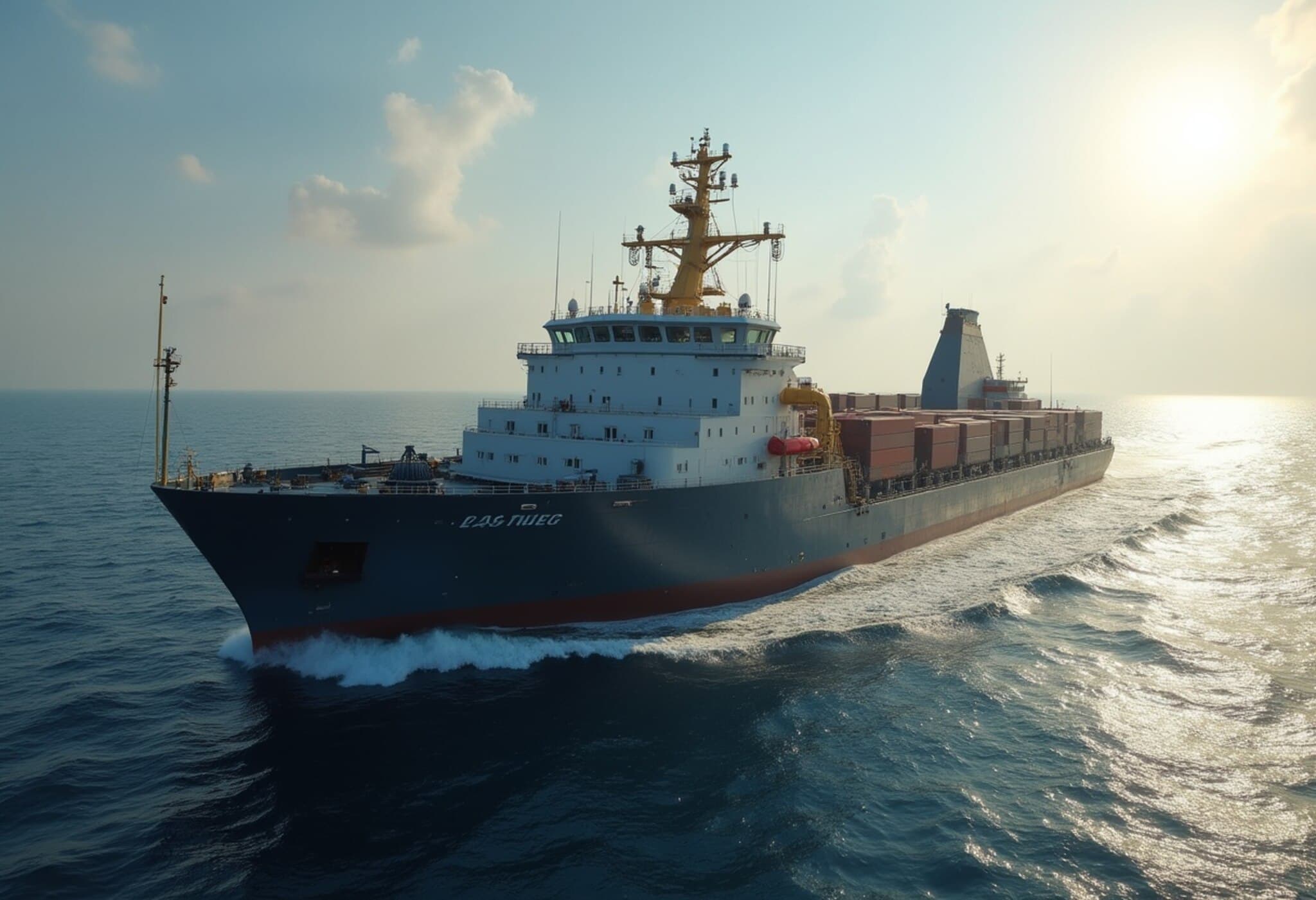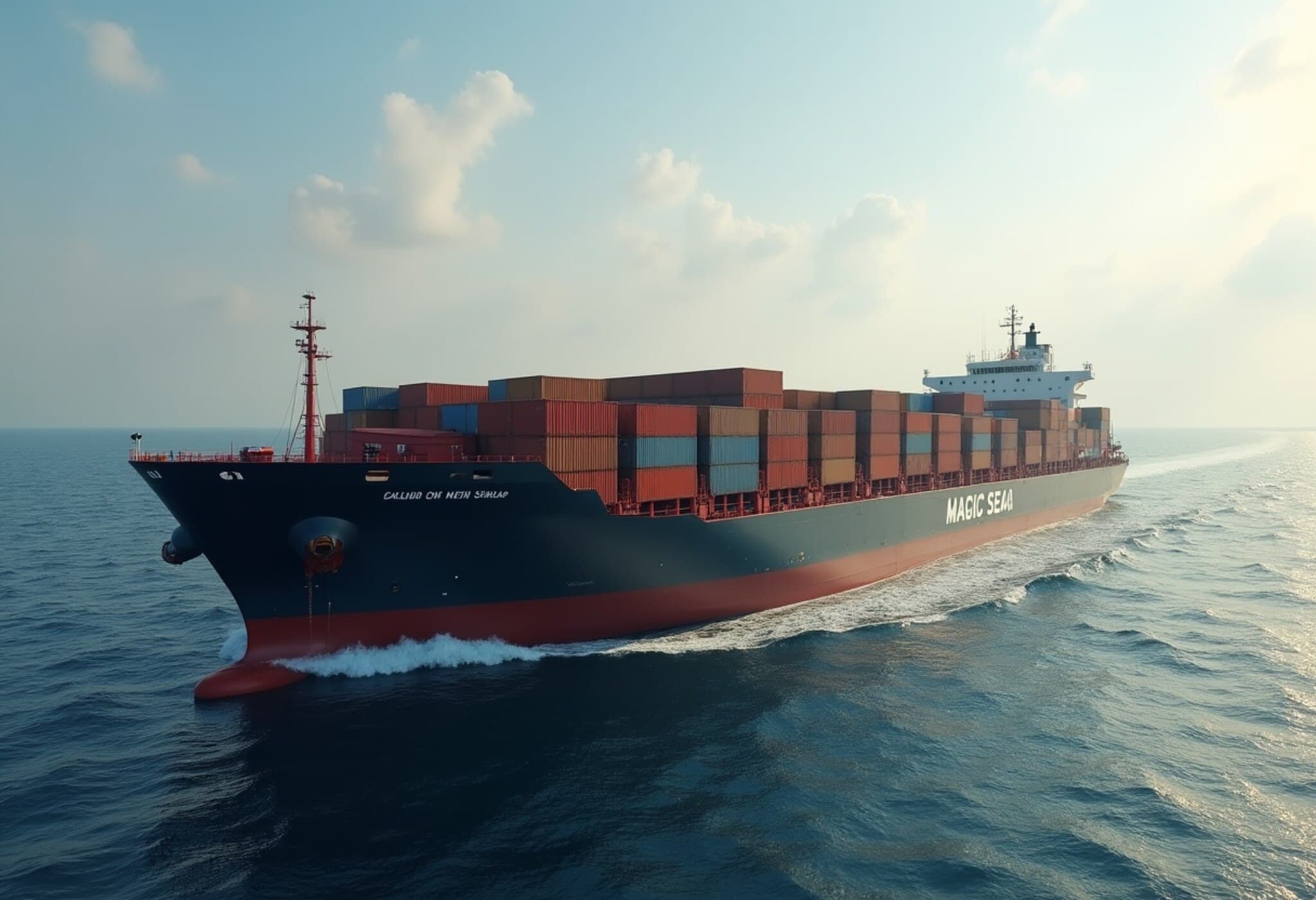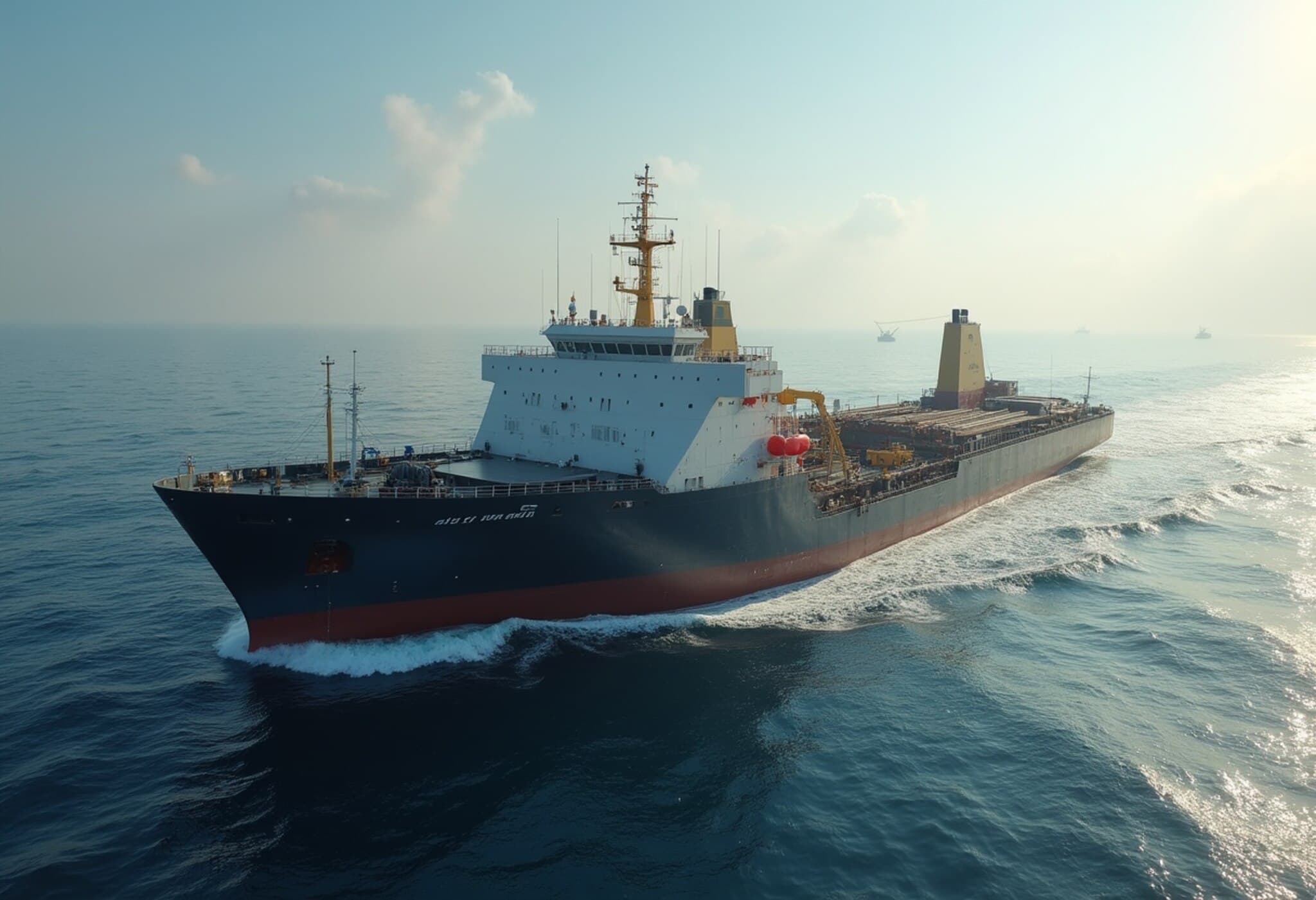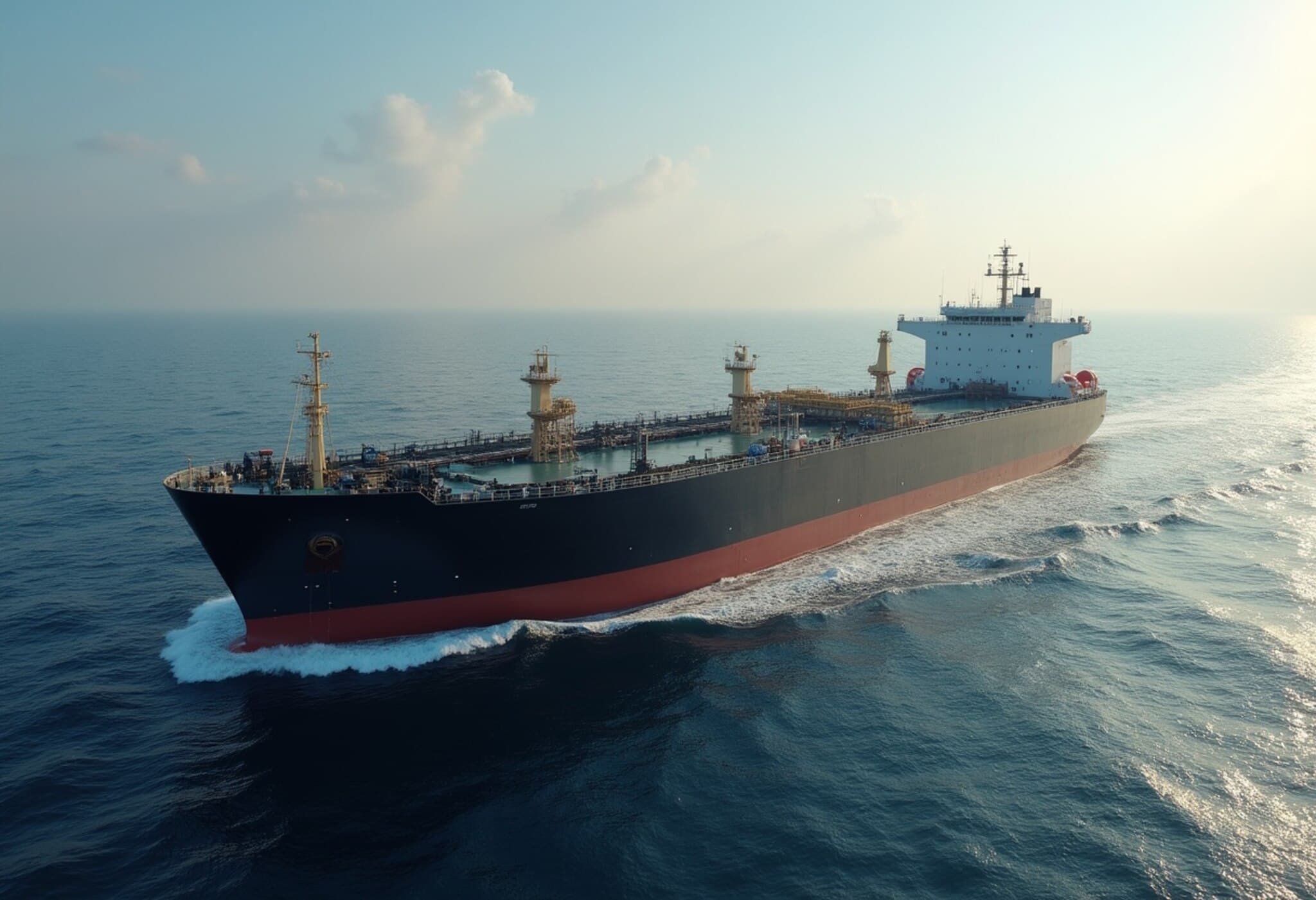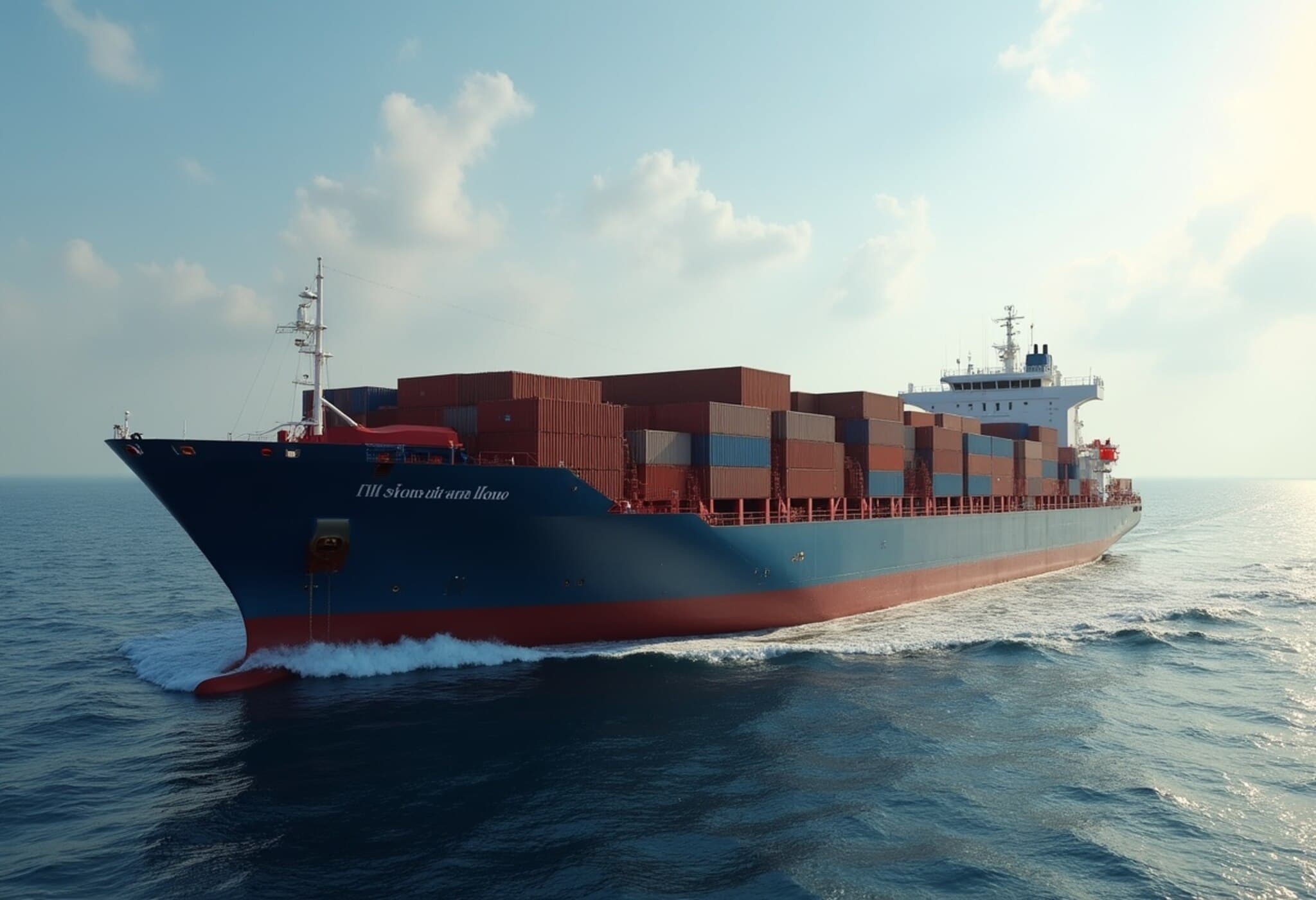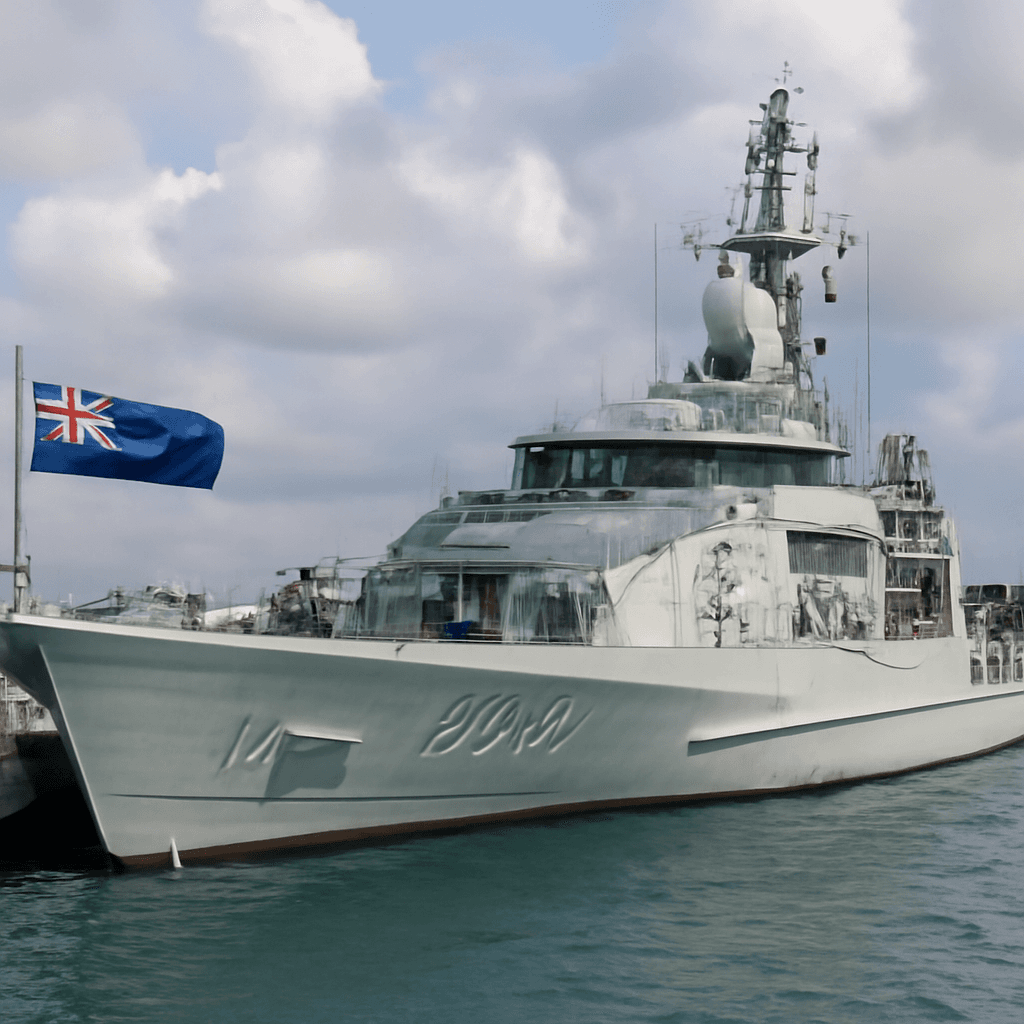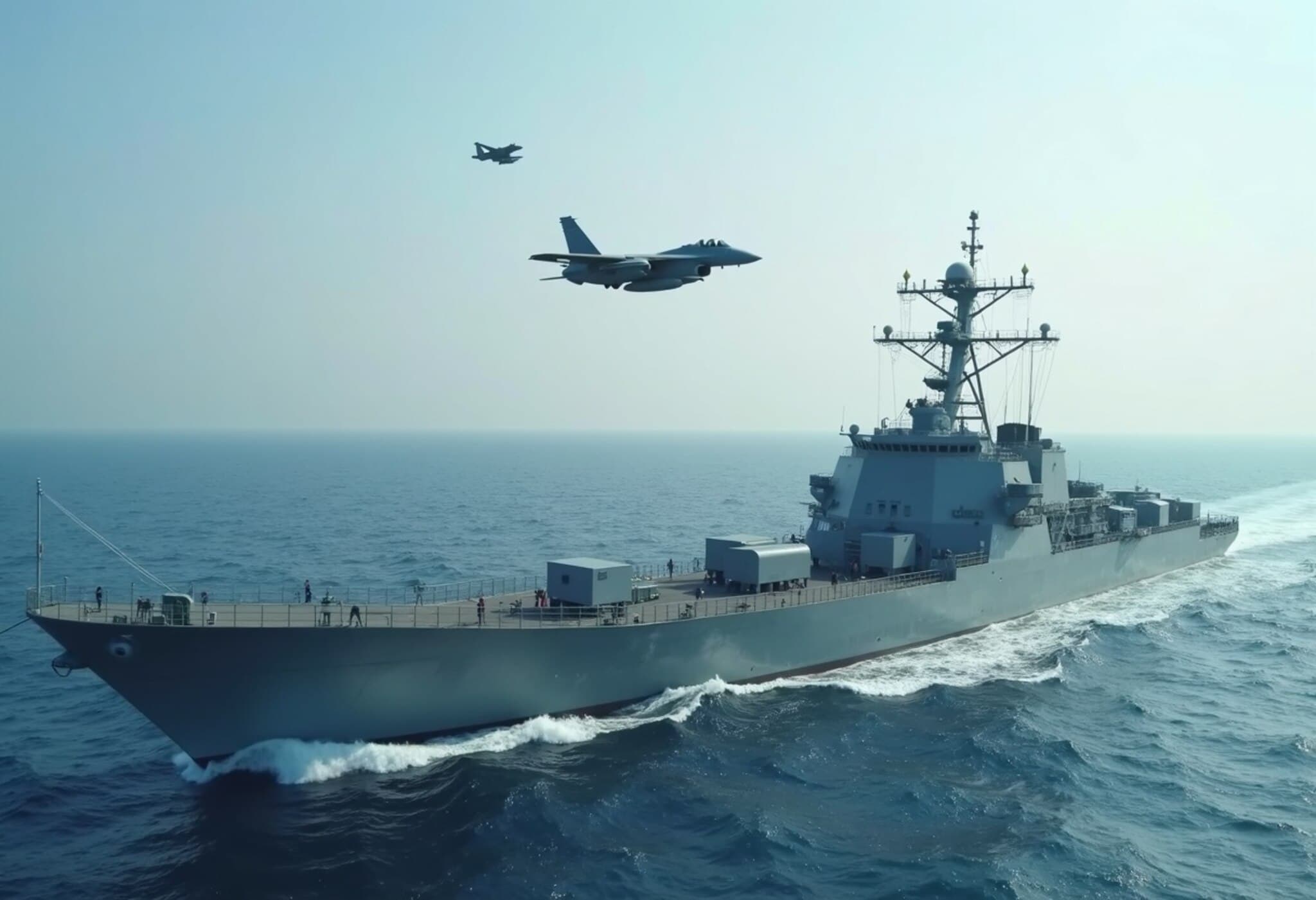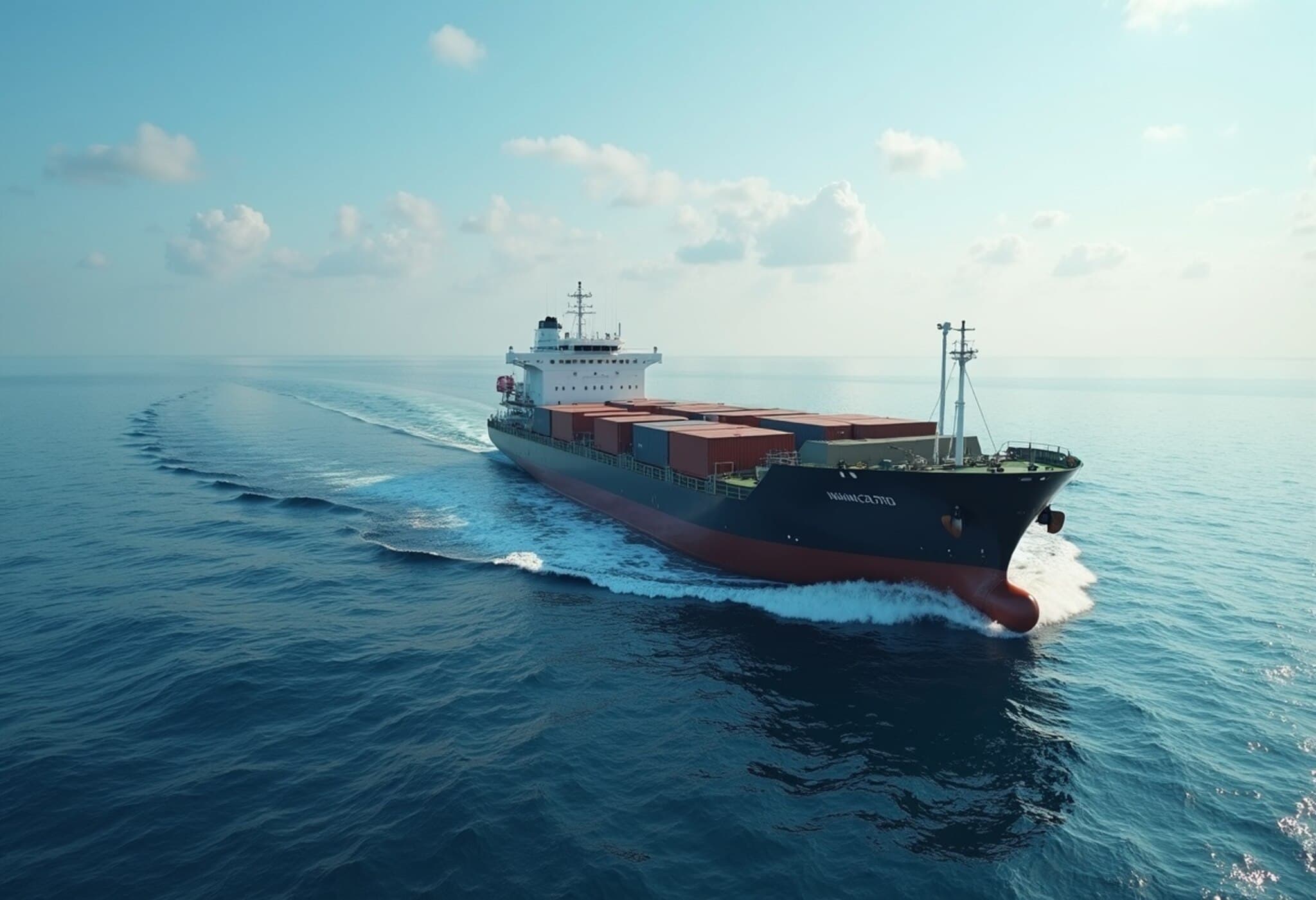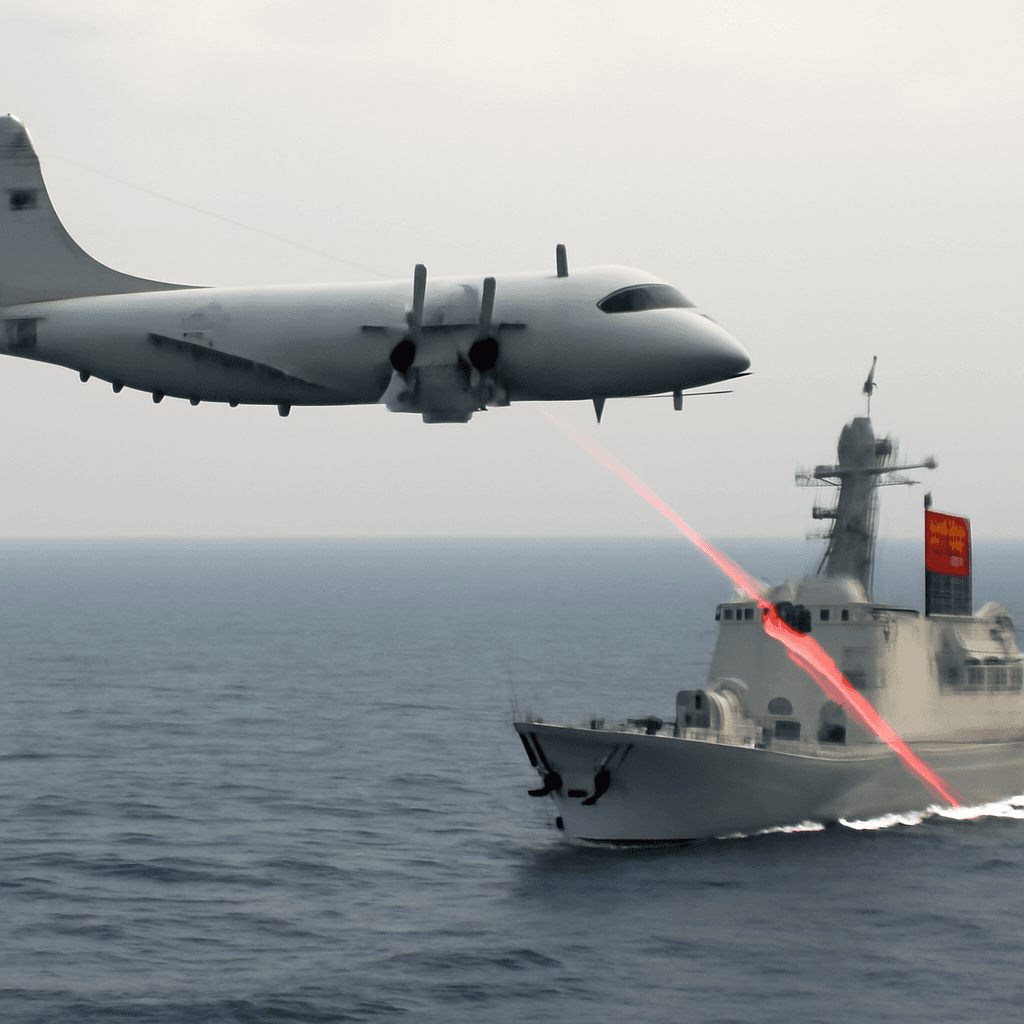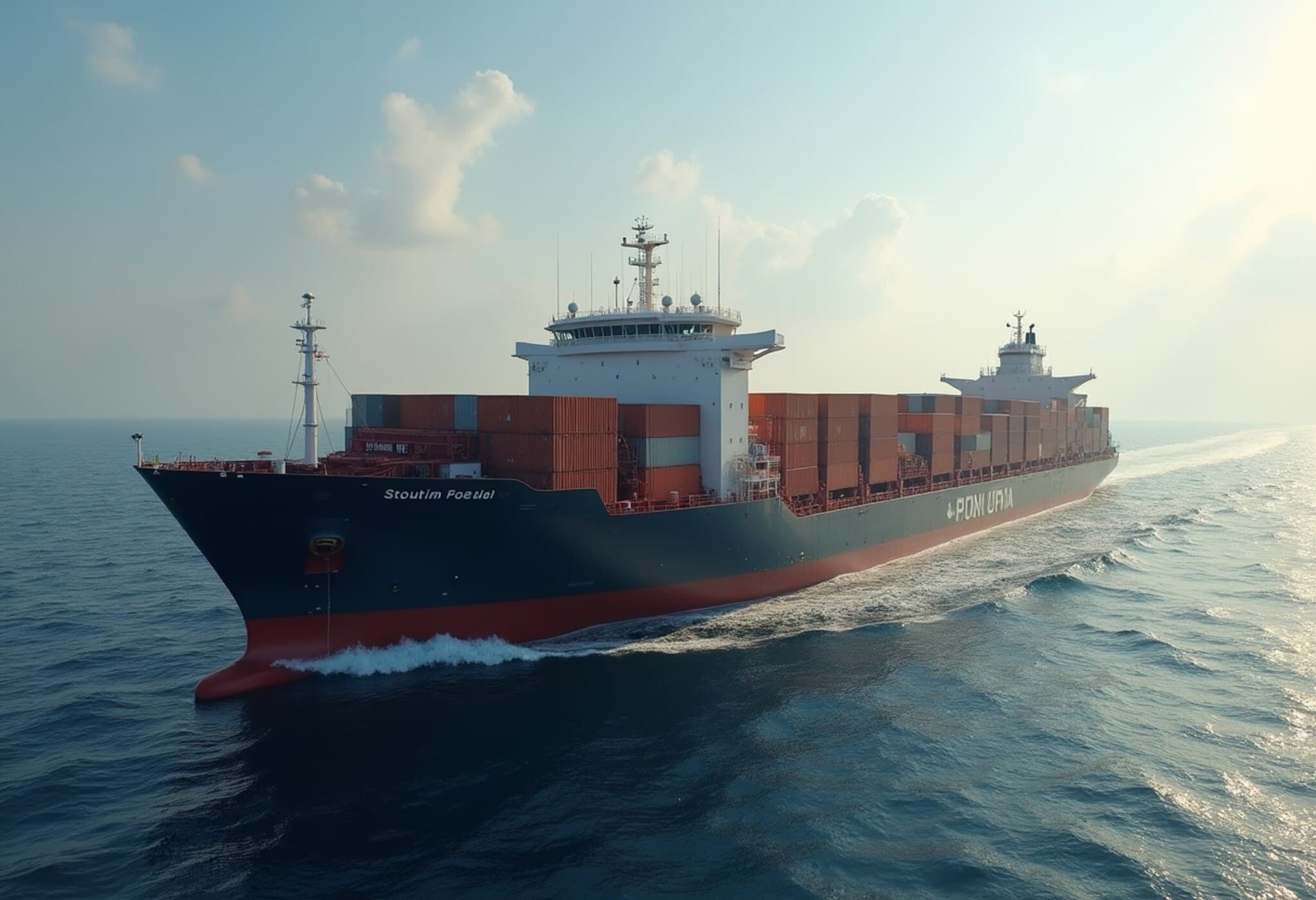Maritime Assault in the Red Sea Raises Alarms About Regional Security
On Sunday, a commercial vessel navigating the Red Sea near Yemen's coast came under a sudden and violent attack, with assailants unleashing gunfire and rocket-propelled grenades. The UK Maritime Trade Operations (UKMTO), a British military-backed agency responsible for monitoring maritime safety, reported the assault. According to UKMTO, the ship’s onboard armed security personnel responded promptly, returning fire to repel the threat.
Ongoing Situation and Investigation
UKMTO has described the situation as ongoing, indicating that the vessel remains under protective watch while further investigations unfold. At this juncture, no group has stepped forward to claim responsibility for the attack, leaving maritime security analysts to scrutinize potential actors.
Contextualizing Threats in the Red Sea Corridor
The Red Sea is a critical chokepoint in global shipping routes, linking the Mediterranean via the Suez Canal to Asia and serving as a vital artery for international trade. However, this strategic corridor has long suffered from sporadic violence, piracy, and militant insurgencies:
- Houthi Rebel Activity: Yemen’s Houthi militia has a history of launching attacks on vessels in this region, often driven by the complex political and military conflicts in Yemen spilling over into shipping lanes.
- Piracy Threats: African-based piracy networks, particularly in the Gulf of Aden and adjacent waters, continue to endanger vessels, undermining maritime commerce and safety.
Although in recent weeks, a fragile ceasefire related to the Israel-Hamas conflict has helped temper aggressive acts, the recent incident underscores how precarious the peace remains.
Implications for International Shipping and Security Policy
This attack serves as a stark reminder of the multifaceted risks that commercial shipping faces in geopolitically charged waters. Experts emphasize the importance of enhanced security protocols and diplomatic engagement to mitigate risks. For U.S. and allied naval forces backing maritime security initiatives, these developments highlight the ongoing need for vigilance and cooperation.
Moreover, disruptions in the Red Sea can have cascading effects on global supply chains, including energy shipments and essential goods. Economic analysts warn that escalated violence could lead to increased shipping insurance costs, rerouting of vessels, and delayed deliveries, all of which could strain international markets.
What’s Next?
Authorities worldwide are monitoring the evolving situation. As the investigation proceeds, stakeholders—from shipping companies to international policymakers—face critical decisions on balancing commercial interests with crew safety and geopolitical considerations.
Editor’s Note
The recent attack off Yemen’s coast is more than an isolated maritime incident; it’s a symptom of deeper regional instability with wide-reaching implications. Beyond immediate security concerns, it presses us to ask: How can international maritime governance adapt to emerging hybrid threats? What roles should global powers play in stabilizing conflict zones that directly impact global trade routes? As tensions persist, keeping a close eye on the Red Sea is essential—not only for understanding this complex geopolitical landscape but also for safeguarding the integrity of international commerce.

